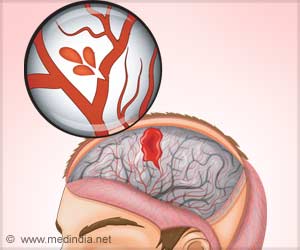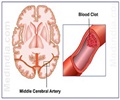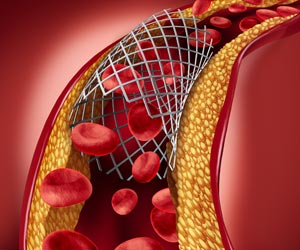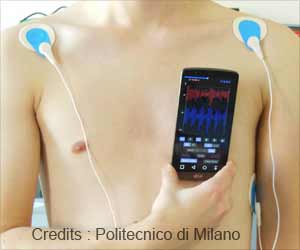A conventional digital camera technology- Interferometric diffusing wave spectroscopy (iDWS) can be used to measure the brain’s blood flow. This technology will help assess stroke risk in real time, finds a new study.

‘Interferometric diffusing wave spectroscopy, or iDWS can prevent the use of numerous expensive detectors which are currently used and this single CMOS-based digital camera chip can come for a fraction of that price.’





If you shine a light into a cloudy solution, light particles, or photons, will be scattered in different directions. An experimental technique called diffuse correlation spectroscopy, or DCS, uses essentially this approach to look inside someone’s skull. Laser light is shined on the head; as photons from the laser pass through the skull and brain, they are scattered by blood and tissue. A detector placed elsewhere on the head, where the photons make their way out again, picks up the light fluctuations due to blood motion. These fluctuations provide information about blood flow.
The light signal is very weak, and the further it passes through the skull and brain tissue, the weaker it gets. So DCS requires a number of very sensitive, expensive single photon counting detectors. Boosting the light going in risks burning the patient’s skin.
Interference to boost signal
Zhou and Srinivasan took a different approach, based on the fact that overlapping light waves will reinforce or cancel each other out, like overlapping ripples on a pond.
They first split the light beam into "sample" and "reference" paths. The sample beam goes into the patient’s head and another, stronger, reference beam is routed so that it reconnects with the sample beam before going to the detector. This boosts the signal, meaning that instead of needing about 20 photon-counting detectors that cost a few thousand dollars each, the researchers could use a single CMOS-based digital camera chip for a fraction of the price.
Advertisement
So far, the team has tested their device by making brain recordings from volunteers in the laboratory. They are working with Dr. Bruce Lyeth and Dr. Lara Zimmermann in the UC Davis Department of Neurological Surgery to validate and adapt the technology for eventual use in neurocritical care. UC Davis has applied for a provisional patent on the technology.
Advertisement















